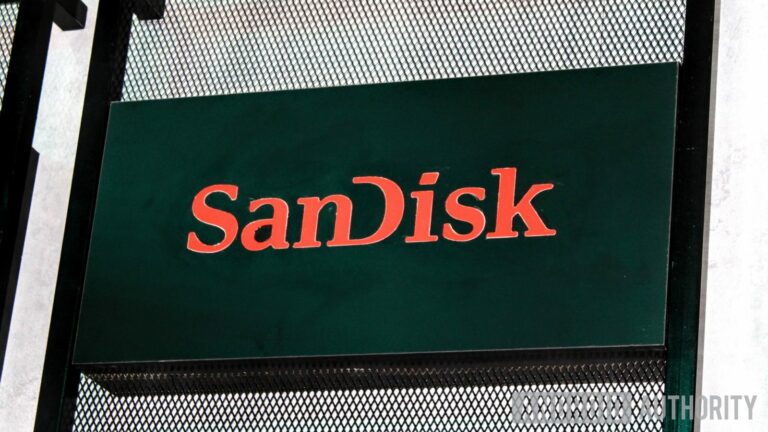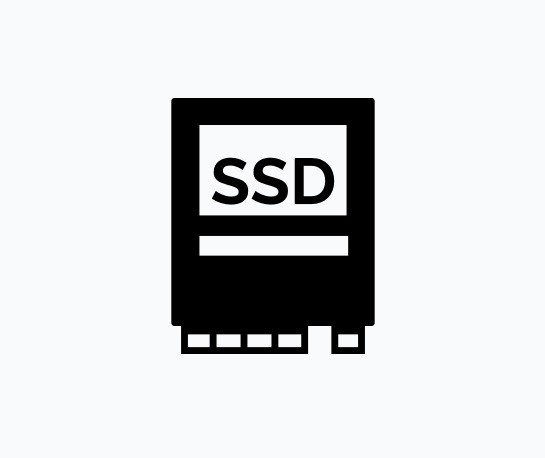Nimbus Data Systems today introduced its S-class RAID array, which supports iSCSI and NAS (CIFS and NFS) and an architecture based solely on flash-based solid-state disk (SSD) blades.
As would be expected from an SSD-based system, the company claims performance in the hundreds of thousands of I/Os per second (IOPS), but what might catch users’ attention is the low price, relative to other SSD implementation, which is close to per-GB pricing on some arrays with traditional hard disk drives.
For example, a 2.5TB version is priced at $24,995, and a 5TB configuration is priced at $39,995. In both cases, that includes Nimbus’ HALO operating system and all software, such as thin provisioning, local and remote replication, inline data deduplication and compression, and enhanced snapshot functionality.
The block-level inline deduplication is new to the HALO software, and the company claims typical deduplication ratios of 10:1 in virtual machine (VM) environments. Also new is a snapshot implementation that, in contrast to more traditional copy-on-write snapshots, uses allocate (or redirect) on write technology that eliminates the performance penalty typically associated with snapshots, according to Nimbus CEO Tom Isakovich.
Also new in the HALO operating system, and designed specifically for the flash blades, is DRAM buffering technology, a write-back caching technique that stages writes into cache and then flushes them to the SSDs in a sequential manner. Because of the DRAM buffering, read performance is almost the same as write performance, according to Isakovich.
The company claims performance of 500,000 IOPS (non-cached, read/write mix) per shelf, and aggregate throughput of 40Gbps. Users and integrators can configure S-class arrays with up to 504 hot-swap flash blades (24 blades per 2U shelf, and up to 21 shelves per system) for a maximum capacity of 100TB.
Isakovich attributes the relatively low price of the S-class arrays to the fact that Nimbus designed its own flash blades (although the NAND chips are currently OEM’d from Micron and the flash controller from an undisclosed supplier). “It’s a lot less expensive that just OEMing SSDs from Intel or STEC,” says Isakovich.
The flash blades are available in 100GB or 200GB capacities with 6Gbps SAS interfaces. The S-class systems come with four Gigabit Ethernet or 10GbE ports, as well as a dedicated port for WAN-based replication.
Nimbus is launching the S-class arrays under the umbrella term “Sustainable Storage,” citing green storage stats such as 6,000 IOPS/watt, 675,000 IOPS per floor tile, and 95% lower energy costs vs. traditional (spinning) disk arrays. The system consumes 80 watts per 2U of rack space.





